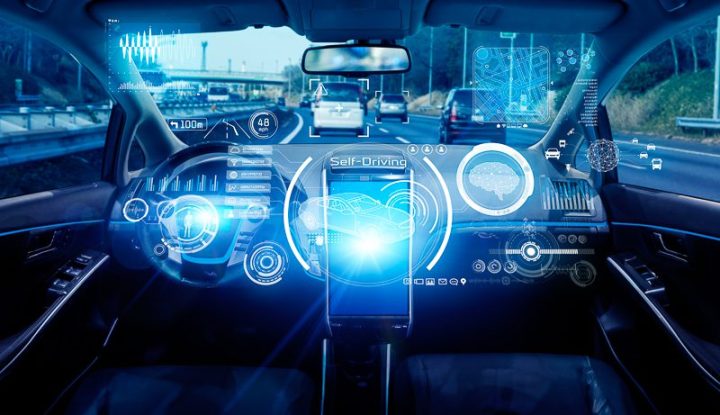
Self-drive is coming
Self-driving technology has gone from sci-fi to reality in the last few years, with vehicles coming to the market featuring more autonomous driving advancements.
Automated vehicles require a driver to be present to resume the driving under certain conditions, while the futuristic autonomous vehicle will be able to cope with uncertain situations and a driver will not be required.

Entirely driverless cars are still in development, although drivers keen to go down that path already have many options for vehicles with self-driving features. There are five levels of autonomous driving as defined by the Society of Automotive Engineers (SAE), a professional organisation that sets standards for the auto industry.
Each of the five levels of autonomous driving details how advanced the self-driving features are with 1 being the least and 5 the most advanced:
Level 1 has features that have been present in vehicles for many years, such as cruise control or collision warning.
Level 2 introduces partial self-driving features, such as lane control assist and the ability to brake and accelerate to control the distance between vehicles.
Level 3 can assess traffic conditions and navigate accordingly. This means the vehicle is able to navigate itself to a known destination, switching lanes, braking, and turning. Although Level 3 is advanced, the driver must still be ready and able to take over at any moment.
Level 4 vehicles can drive themselves entirely with or without a driver present.
Level 5 is entirely self-directed without a human in the loop at all.
Levels 4 and 5 are mostly still experimental at this stage, and there are currently none operating on New Zealand public roads. Christchurch Airport does, however, have a fully autonomous shuttle for public use in restricted areas.
The autonomous 20-person shuttle runs along a pre-programmed route, without the need for a driver. Various companies such as Tesla, Mercedes-Benz (which, along with Bundeswehr University, Munich) built the first driverless car in the 1980s, Chevrolet, Nissan, and Rivian which makes an electric truck that can handle off-road conditions, are in the race to deliver autonomous driving vehicles for private individuals.
Additionally, many places in the world already have given permission for driverless cars to take to the road. In New Zealand, there is no legal requirement for a vehicle to have a driver, so one hurdle is already out of the way.



